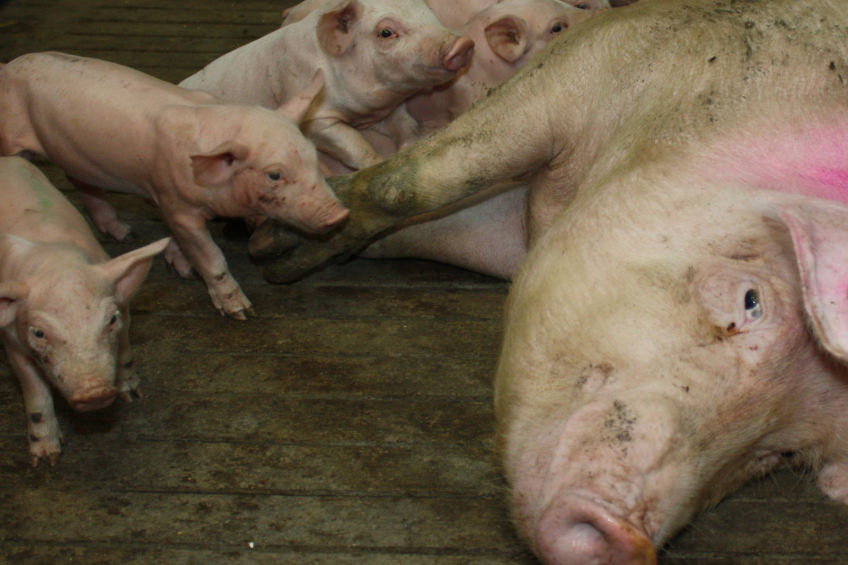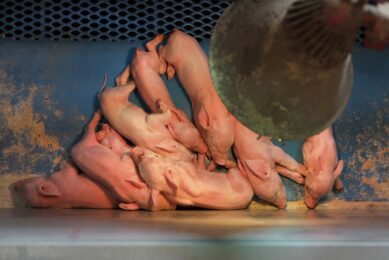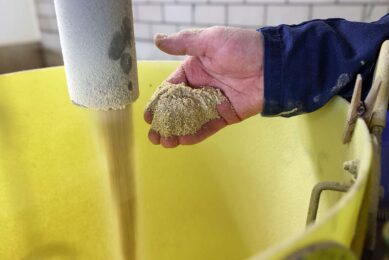Mexicans study effect of additives on lactating sows

Sows have been observed by Mexican researchers, to score better at various performance parameters when using phytogenic feed additives. Feed intake, however, was not improved.
The researchers conducted these trials to evaluate the effect of four additives on feed intake and its effect on weight loss, backfat depth, wean-to-oestrus interval, litter weight at weaning, average daily gain and pre-weaning mortality.
Materials and methods
Ninety lactating sows and their litters were selected and fostered according to piglet birth weight, forming homogeneous litter groups of 11 piglets, within 24 hours post-farrowing.
Sows and piglets were assigned to five experimental treatments (18 sows/treatment), which consisted in different feed additives with claiming appetite-stimulant roles:
• Control (C, basal diet);
• Phytogenic 1, commercial additive powder of essential oils obtained from oregano, anise, citrus peels and fructo-oligosaccharides (F1, 1 kg/tonne);
• Phytogenic 2, commercial additive made from extracts of anise, aloe passion flower and other compounds (F2, 1 kg/tonne);
• Phytogenic 3, commercial additive based on natural plant extracts (F3, 5 kg/ton); and
• Dried plasma (PL, 5 kg/tonne).
The lactation length was 26 days and feed was offered three times a day. Variables measured were: sow feed intake; body condition; backfat at P2; weight loss during lactation and wean-to-oestrus interval; litter weight at birth, after fostering and at weaning; piglet average daily gain (ADG); and pre-weaning mortality.
Results
No statistical differences were observed for the sow feed intake, backfat loss, weight loss, wean-to-oestrus interval from the control group, see Table 1. Differences were observed for the weaning weight between F3 treatment and F1, F2 and PL treatments.
C group and F3 were similar. ADG was different between F3 and treatments F1, F2 and PL. Daily gain in C group and F3 were similar. No significant differences were observed on pre-weaning mortality during lactation and performance of the litter.
The researchers were connected to the department of swine medicine and animal husbandry, at the National Autonomous University of Mexico. The outcomes of this study were presented at the recently held International Pig Veterinary Society (IPVS) Congress in Cancún, Mexico.
 Beheer
Beheer








 WP Admin
WP Admin  Bewerk bericht
Bewerk bericht